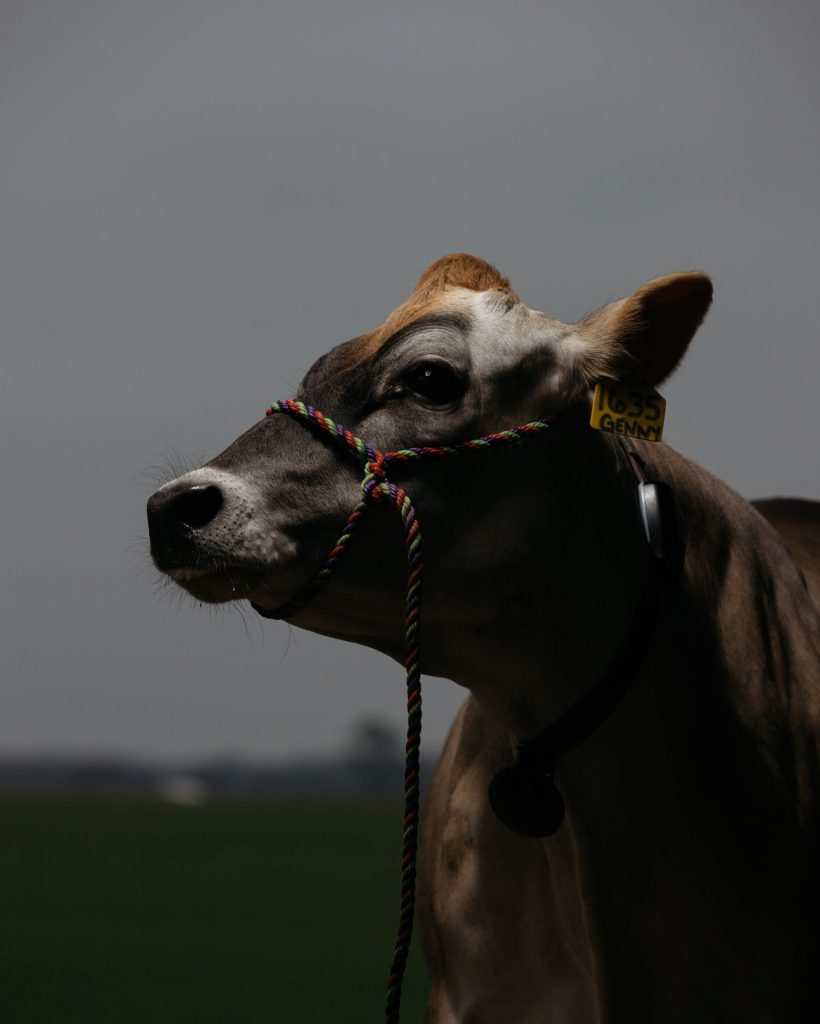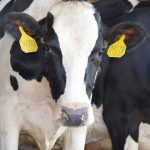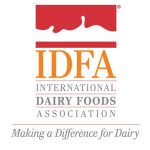
For two fleeting decades, there was no status symbol more potent than the milk mustache.
The California Milk Processor Board’s “Got Milk?” campaign stretched across nearly 350 print advertisements and more than 70 television commercials featuring some of the most famous people in America: Beyoncé and Tina Knowles. Serena and Venus Williams. Harrison Ford. Angelina Jolie. Alex Trebek. Rihanna. Taylor Swift.
Readers of a certain age may remember the way the print ads hung, on thin and crinkly magazine pages, from their friends’ bedroom walls. Those of a slightly younger age may have worn bibs that carried the slogan.
“The campaign was very brilliant, and very adorable,” said Faith Popcorn, a marketing consultant and self-proclaimed futurist. “It took an unbranded product and made it very special. Seeing celebrities with a little mustache on makes it very infantile and funny and warm.”
What the ads didn’t do was convince people to buy milk. In 1996, three years after the campaign’s debut, Americans were drinking, on average, about 24 gallons of milk a year, according to the U.S. Department of Agriculture. In 2018, that number was down to 17 gallons. (Meanwhile, thanks to yogurt and cheese, dairy consumption per capita is way up.)
This winter, a new milk mustache began appearing in national advertisements, worn by an inquisitive Timothée Chalamet look-alike. His skin is smooth and milky, just like the stroke of white above his upper lip.
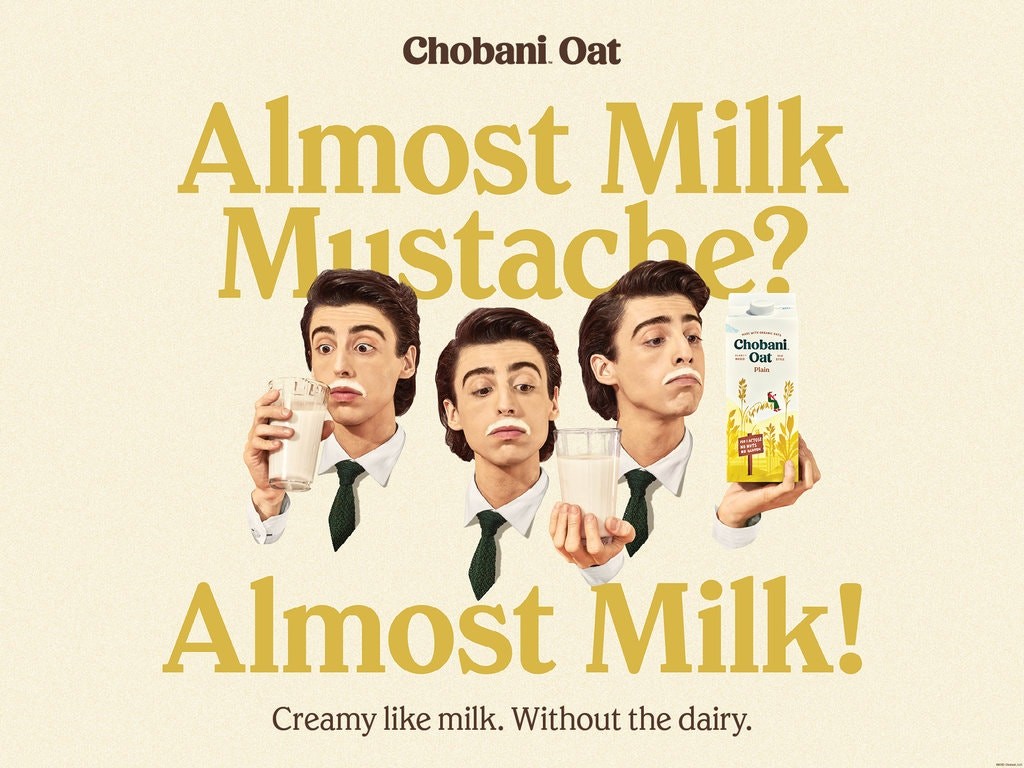
But the mustache isn’t milk at all: It’s an oat beverage sold by Chobani, the company that made Greek yogurt cool in the 2010s. And it’s a sign of the times.
While nondairy milk has risen from the dusty shelves of health-food stores to Times Square billboards and supermarkets around the country, dairy farmers have faced economic turmoil. The question now is not whether anyone’s got milk. It’s how to sell it.
Our Milk, Our Selves
Many people view milk as a distinctly American product. Its primary consumers, in cities and suburbs, picture their gallons of two percent coming from rural idylls in upstate New York, Wisconsin and Idaho, where cows serenely graze and farmers procure their milk by hand.
More than half the states in this country have named it their official beverage. Milk is the only thing, aside from water, that senators are allowed to drink on the floor. In 2018, white nationalists were reportedly chugging it to show off their genetic superiority in lactose digestion. (It turns out that people whose ancestors were cattle herders in East Africa may also possess this genetic evolution, but OK.)
thinking about how 27 states have an official beverage and 21 of them chose milk pic.twitter.com/Qgpk25WD55
— rob, from online. ? (@robfromonline) February 5, 2020
Despite their apparent attachment to milk, Americans are fairly disconnected from its agricultural underpinnings.
In an online survey by the Innovation Center of U.S. Dairy, seven percent of respondents said they believed that chocolate milk comes from … brown cows.
Despite the quaint imagery many people still associate with milk’s creation, almost all of it is produced at a factory scale. The largest dairy farms house thousands of cows, who are repeatedly impregnated (often by artificial insemination) so they can make milk nearly year-round.
Even with a set price, Americans still aren’t buying milk in the volume farmers say they need to turn a profit. Since 1975, milk consumption per capita has dipped roughly 40 percent, according to data from Nielsen, and between 2010 and 2018, sales of milk dropped by 13 percent. The already-low price of milk, which is set by the federal government, is projected to drop even further this year.
As the new coronavirus has given rise to a global pandemic, and plenty of panic shopping for household staples and items with long shelf lives, demand for oat milk has soared, according to Nielsen.
‘Clean eating” — a catchall phrase for a mostly plant-based diet free of processed foods — has become the North Star for many Americans looking to balance their desire for health with a desire to be thin, dairy has been branded as “unclean.” Joaquin Phoenix dedicated an entire Oscars speech to its supposed cruelty. The party line in women’s media is that giving up dairy will clear your acne, make you less bloated and bestow upon you the glow and energy of Gwyneth Paltrow. (Elsewhere, people are applying it topically to soften and smooth their skin.)
“We’ve done a poor job of explaining the nutritional value of milk,” said H.H. Barlow, the executive director of the Kentucky Dairy Development Council. “And we’ve done a poor job of innovation in selling our products. We’re still selling milk in that plain, simple gallon jug.”
The types of milk that are selling these days are the grass-fed, organic “specialty” milks that turn the dairy case more colorful. Consider the average American dairy case: Its heart is a sea of neutral plastic jugs, which are as visually exciting as a drawer full of worn-out socks. Things get louder and more colorful once your focus moves to the organic shelves — and then even more so once the dairy gives way to the sparkle of almond, oat and soy milk.
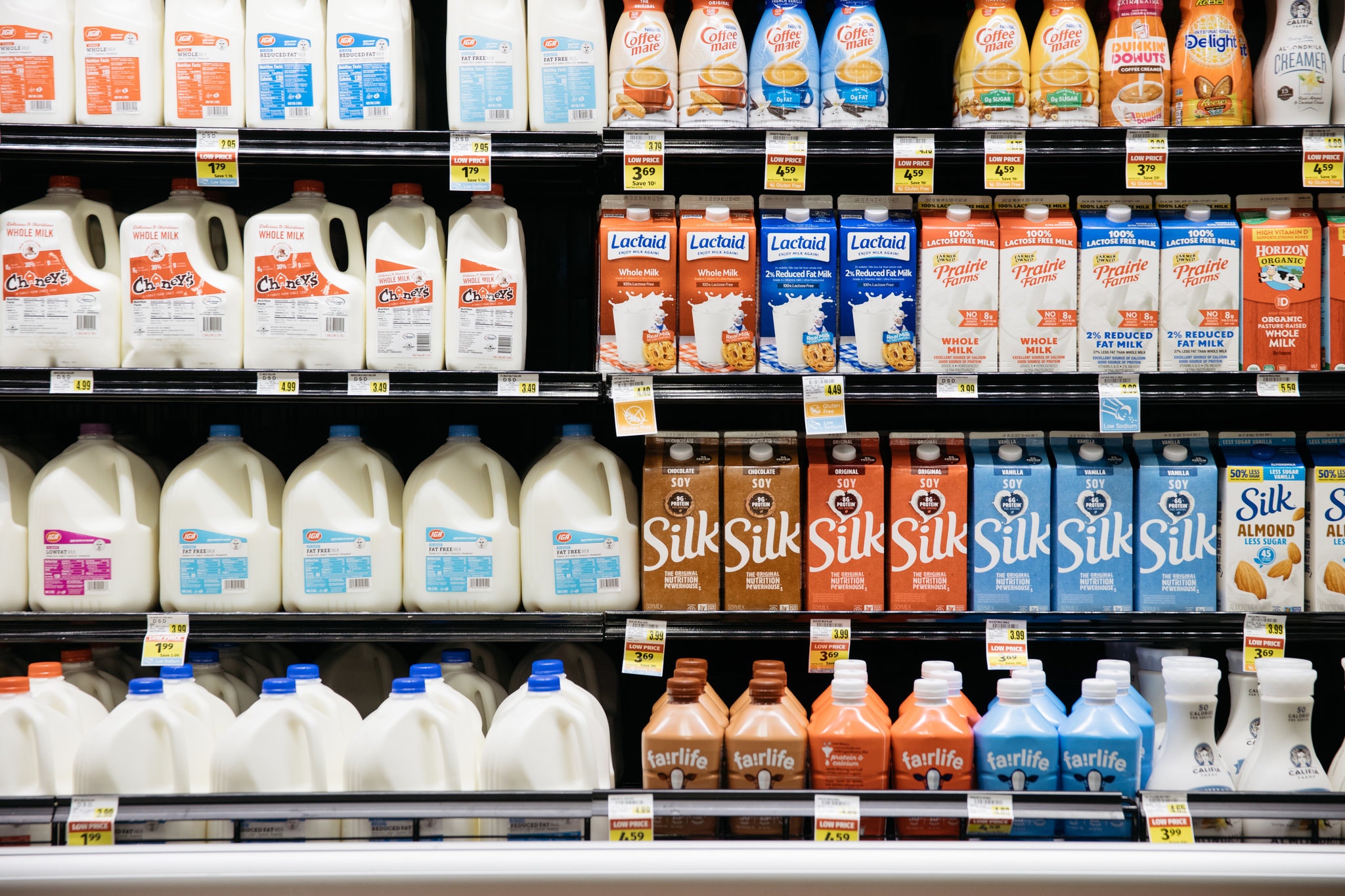
For those in the business of dairy milk, then, the solution may be to evolve. Here’s what a few have tried.
A Pivot to Nondairy
Elmhurst 1925, formerly Elmhurst Dairy, has turned what was New York City’s last milk processing plant into a company that “milks” things like oats, hemp seeds and almonds.
Henry Schwartz, the owner of Elmhurst Dairy, closed the plant in 2016, citing an unprofitable business. Soon, in a moment of entrepreneurial kismet, he met Dr. Cheryl Mitchell. Dr. Mitchell is a food scientist who, at the time, had recently developed a process that can break down things like nuts, seeds and grains into their smallest particles — separating stubborn fiber from protein, say — and produce a smooth, creamy drink.
Mr. Schwartz bought up Ms. Mitchell’s patents, hired her as his lead food scientist, and reintroduced Elmhurst Dairy as Elmhurst 1925, a dairy-free beverage company. The company started out with four styles of lightly sweetened “milked nuts”: almond, cashew, hazelnut and walnut. Now, they have 18 varieties and will begin selling coffee creamers this spring. The company saw nearly $2 billion in sales last year.
Elmhurst arrived on the coattails of Oatly’s American debut. The Swedish oat milk brand, with its irreverent ad campaigns and its full court press on third-wave coffee shops, helped revitalize the dairy-alternative category.
“Plant-based milk is really crossing over to people who are open to trying different things in their diet, whether or not that’s because of health concerns,” said Peter Truby, Elmhurst’s C.M.O. “They want to try it because they think it might taste good. We have Oatly to thank for some of that. Impossible Foods has done a lot for that.”
While almond milk is still the No. 1 seller in the category, Mr. Truby expects oat will surpass it eventually. But he’s also betting on fatty, nutty hemp seeds, which Elmhurst has begun whizzing into their coffee creamers for added fat.
“If anything deserves to have its day, I think it’s hemp,” Mr. Truby said, noting the plant’s sustainability. (Its byproducts can be used to make clothing and building materials, and it’s a fast-growing, regenerative crop.)
Sustainability and climate impact have become enormous factors in the way people talk about and purchase dairy milk and its substitutes. According to Helen Harwatt, a food and climate policy fellow at Harvard, “dairy is the second highest emitting livestock product, accounting for 4 percent of all global emissions.” (Beef, which happens to come from the same animal as dairy, is No. 1, responsible for 6 percent of emissions.)
Farming almonds for almond milk, Ms. Harwatt said, is “much less” harmful to the environment, as animals require food to produce food. She pointed to a study by Joseph Poore in 2018, which found that almond milk takes half as much water to make than the same amount of dairy, and produces a quarter of the emissions.
But dairy farmers take issue with these environmental condemnations. “I think dairy farmers are some of the country’s best environmentalists,” said Mr. Barlow, of the Kentucky Dairy Development Council.
For him, it’s a matter of using the land for its designated purpose: to feed the world. “You hear people say, ‘Let’s don’t have the cows in barns.’ But one acre of corn silage will feed a cow all year long. And if she’s grazing, there’s no way that can take place.”
For consumers, the issue is often less contentious. “There’s a lot of plant-based brands out there making an almond milk or a soy milk and they’re marketing it against dairy milk,” Peter McGuinness, the president of Chobani, said. “But the consumer doesn’t see it that way. Food manufacturers are creating a fight that consumers don’t want.”
Open the Farm for Tourism
In an industry that has become increasingly bleak, Chaney’s Dairy Barn is a success story born of desperation. Carl Chaney and his family have turned what was recently a foundering dairy business out of Bowling Green, Ky., into a tourist attraction that grosses over a million dollars a year.
Mr. Chaney, a second-generation dairy farmer, remembers coming to an impasse with his father, James, in 2000. “We had some rough prices,” Mr. Chaney said of that year. He recalled his father saying, “I made more money milking cows in 1943 than I am now.”
The Chaneys’s solution to the problem was more investment — but instead of buying state-of-the-art milking machinery, they opened an ice cream shop and a restaurant, and opened the farm for tours, the sort where small children can hitch a ride on a large tractor.
Agritourism of this sort has become a secondary, and sometimes primary, form of revenue for many small farms — which is to say, the vast majority of farms in America. They’re opening their homes for farm stays on Airbnb and renting out land on Hipcamp. They’re hosting tours and classes for urbanites who view their professions as picturesque pastimes. For many farmers, turning their land into a destination has been life sustaining.
“The dairy barn is what has kept the cows here on the farm,” Mr. Chaney said. “If it was not for selling ice cream, and a restaurant, and tours, and taking our trailers out off-site to sell ice cream, we would have sold the cows. We lose money milking cows.”
Innovate and Educate
Consumer education is a necessity for the alternative and premium milk sector: Americans are drinking less dairy milk, but it’s still the product they’re most familiar with. For A2, a New Zealand-based dairy company that sells milk that’s free of the A1 protein that many people find difficult to digest, health benefits are a way into the fast-growing but hypercompetitive alternative-dairy market.
Milk, said Blake Waltrip, the chief executive of A2, is a “repertoire purchasing category”: The average consumer has three to four different types of milk or milk alternatives in their rotation. As far as they’re concerned, it’s all just milk. Which means that these companies need to constantly be innovating to recapture consumers’ interests.
For A2, health benefits are an easy sell. “People care more about what the product does for them than about getting deep into the science,” said Mr. Waltrip. In Australia, A2 accounts for 11 percent of all milk sales, and the company claims that 70 percent of their consumers have no milk intolerance at all. Mr. Waltrip believes it’s because theirs is a “better milk,” but it also may be that consumers, long confused about whether or not dairy milk is good for them, are relieved to have a “healthy” dairy milk to buy.
Finding new ways to market and process milk has become essential for dairy farmers looking to turn things around. But some are thinking of making bigger changes to their production.
Lorraine Lewandrowski, a dairy farmer and attorney in Central New York, said a number of New York dairy farmers have been looking to Canada for advice.
“The Canadians have a system where they can only produce what they can sell,” she said. “If you produce more milk than you can sell profitably, they don’t pay as much for it.”
For the country’s struggling dairy farmers, organizing against the nearly monopolistic processing plants could be one small way to see better returns. If a cheeky mustache can’t get people to buy more milk, the answer might just be to make less of it.
